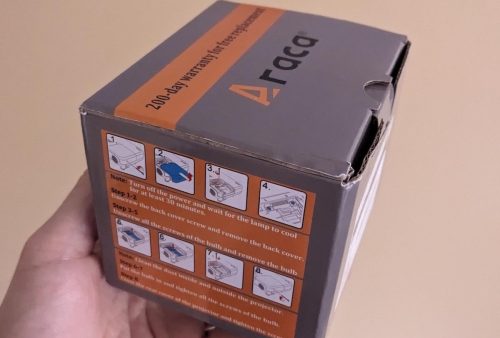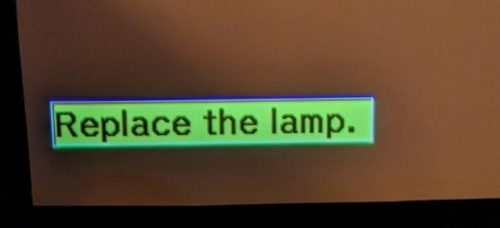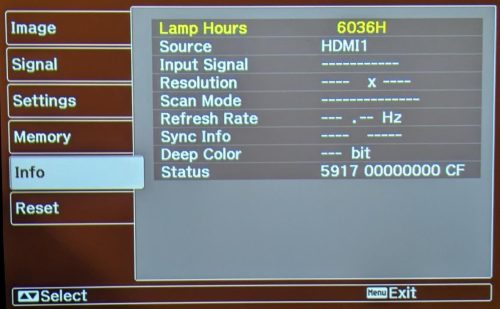It seems I remember to post about my reading every second year. I’ve been using 35 books as my goal for a while now, usually I’m able to read more but I have the occasional miss – 2023 being one of those years where I only completed 30 books. In 2022 I managed 36 of 35.
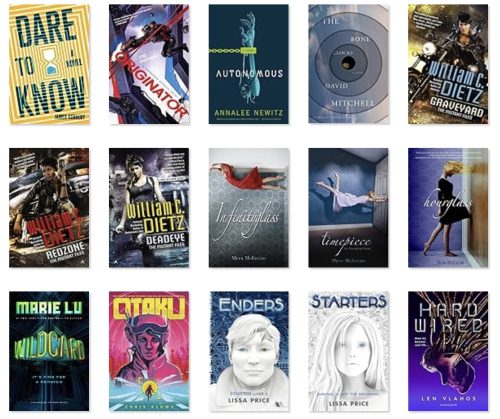
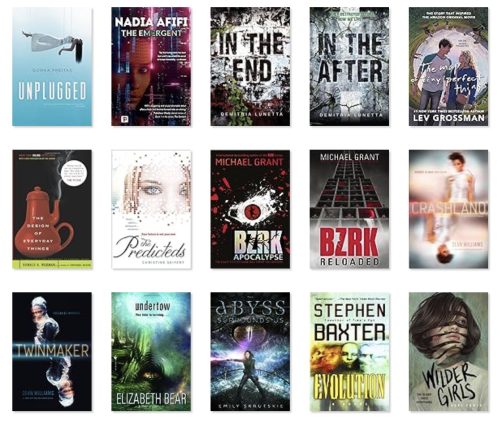 I almost exclusively read eBooks checked out of my local library using Libby. This is convenient and free. I’m not a very picky reader, so I’ll sort randomly in the Science Fiction category and pick something I haven’t read. From time to time I’ll pick an author I’ve previously read or one that I’ve had recommended.
I almost exclusively read eBooks checked out of my local library using Libby. This is convenient and free. I’m not a very picky reader, so I’ll sort randomly in the Science Fiction category and pick something I haven’t read. From time to time I’ll pick an author I’ve previously read or one that I’ve had recommended.
In the past my default rating was 3 of 5 stars, almost everything was a 3. I’ve become more critical and have started to hand out more 2 star reviews, as well as been more liberal with 4 stars.
My 2023 books
- 9 books 2 star
- 17 books 3 star
- 4 books 4 star
What stands out is some of the best and worst reading experiences. A bad rating from me is subjective, the book might be good but it didn’t suck me into the story like a great book does. The 4 star reviews are books I’d recommend to others.
The Bone Clocks had been on my wish list for a while, I’m not sure where I got the recommendation but it has a 3.84 star average rating. Unfortunately this is one of my 2 stars this year, it took me nearly 40 days to slog my way through the 624 pages. There were certainly interesting parts in the story, but I never found myself wanting to just keep reading.
Looking over my list of 2 star ratings, a good number of them were given to the last book in a series – either a series I read this year, or a sequel to a book (or books) I’d read previously.
My first 4 star was The Design of Everyday Things. It was actually the hackaday podcast that turned me onto this (again), but that was the nudge that got me to read it. While it is one of the rare non-fiction books in my reading, it was well worth the time. I enjoyed that it gave me new insights into how things work.
Hard Wired was another 4 star. I will admit it was a bit formula, but for me it was a page turner taking me less than 5 days to make it through it.
Next up is Otaku with 4 stars, this was a surprise for me. I certainly didn’t expect this type of book from a former NFL player’s debut novel. It felt like it was set in a Blade Runner like future, or maybe Neuromancer is a better comparison.
My last 4 star book Autonomous had been on my wish list for a bit (since 2020). In this case it was a great recommendation and I’m glad I had it on my list. It’s got a lot to give: pirates, reverse engineering, dystopian future and cyberpunk. How could I not love a book like this?

